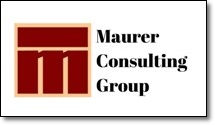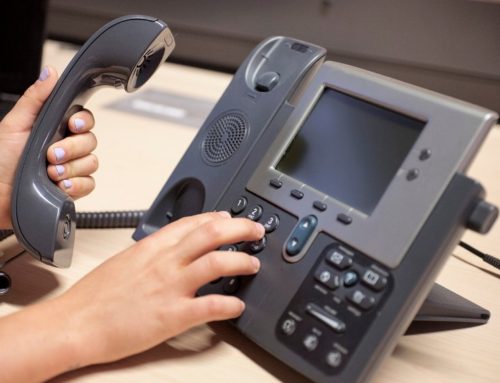‘Designing Strategies’ newsletter
November – December 2005 Volume 2 – Issue 8
As everyone prepares for, or finalizes their planning for the coming year, I hope your process involves environmental scanning and future scenarios. These two important tools provide a basis for a solid foundation for your strategic plan. Without those elements, most plans remain just more of the same. There is little opportunity for your firm to expand and grow in new and exciting directions.
 Without knowing what is happening in the world around you, how can your company grow and expand? An awareness of coming changes allows you to move forward more confidently. Take a look at changes in society, politics, the economy, technology, and the environment. How will changes or advances in these areas affect the way you do business?
Without knowing what is happening in the world around you, how can your company grow and expand? An awareness of coming changes allows you to move forward more confidently. Take a look at changes in society, politics, the economy, technology, and the environment. How will changes or advances in these areas affect the way you do business?
Environmental Scanning and Scenario Planning Can Lower Risks
Start looking and reading outside of your normal comfort zone for clues to upcoming changes. Think about how they might affect the future…your future. Instead of just reading the usual trade magazines, make a point to read business publications. Focus on these important Spheres of Influence: the sociosphere, econosphere, technosphere, politisphere and environsphere.
You will glean valuable information from your environmental scanning. Go a step further and think about how changes might affect the future success of your business. Look at the “What if?”of those trends you see emerging. “What if this happens? How will it affect our business? Will it affect our customers? Can we plan to capitalize in this situation? What do we need to be ready to respond?”
Use Environmental Scanning Results for Scenario Planning
Develop scenarios around the information you find. Explore possibilities you may face in the not so distant future. Ask the “What if?” and “How will ‘x’ affect our business?” questions at least five times per scenario to develop a plan to successfully deal with the various situations.

There is no absolute predictor of what the future holds. If there were, someone would become very wealthy marketing and selling it, or simply controlling it. There is no crystal ball or astrological chart that can predict what is going to come along. If there were, everyone would have been better prepared for the rash of natural disasters that occurred around the world recently and the rapid rise in fuel prices.
Business owners in our industry revealed how few had done future scenario planning ahead of time. Environmental scanning would have helped them react quickly to these horrific disasters. A few were prepared and acted quickly. By adding fuel surcharges, cost controls were in place to help cover increasing fuel costs. Others simply waited to see what might happen. Few, if any, could have predicted the number and scope of these disasters two or three years in advance.
Those who practice environmental scanning in the development of future scenarios can develop plans and policies to cover changes. In this instance, the event of sharp increases in fuel costs and oil-based materials was drastic. No matter what caused the significant price hikes that took everyone by surprise, advanced planning could have allowed for a less drastic result. How did your firm fare?
Something To Think About…
“Don’t be afraid to look beyond the familiar. Many times, those new places hold the most fascinating discoveries.”
Baldwin Cooke 2003 ‘Motivational Monitor’
A California staffing firm recently surveyed 150 executives of Fortune 1000 firms on the office of the future. Using the year 2020 as their ‘future’, 87% of the executives felt advances in technology would create a rise in the number of employees telecommuting in the future. Seems like we heard this before, doesn’t it? It felt like something that started, then sputtered quickly as managers felt the need to watch
employees to be sure they were actually working.
 Just when we think technology will let us work less, 42% of respondents felt people would work more in the future, not less. Only about 9% felt we would work less. The remainder feel we will work about the same amount of hours. The good news is that while it may be possible we will work more hours in the future, technological advances will afford us a better life/work balance.
Just when we think technology will let us work less, 42% of respondents felt people would work more in the future, not less. Only about 9% felt we would work less. The remainder feel we will work about the same amount of hours. The good news is that while it may be possible we will work more hours in the future, technological advances will afford us a better life/work balance.
Technology and telecommuting will allow us to work anywhere, much as it does now. Many are already highly ‘technofied’. Working from almost anywhere is already possible with the latest in wireless computer access, cell phones, palm pilots, laptops and workbooks. So long as you have a cell/wireless phone service that doesn’t drop calls when you are three feet too far from their towers, you are reachable far from an office. If you have a laptop computer with enormous battery capacity, or a few spare batteries on hand, it’s relatively easy to work away from your office.
As technology advances, wireless devices will work better in more remote locations. Computer chips, computers and peripheral components continue to shrink in size. It won’t be hard to have a ‘face-to-face’ conversation with a client from hundreds of miles away. How can you utilize the latest technology to work fewer hours from anywhere in the world but the office?






